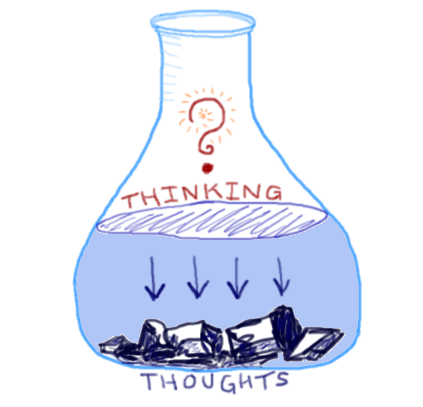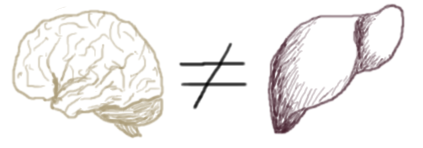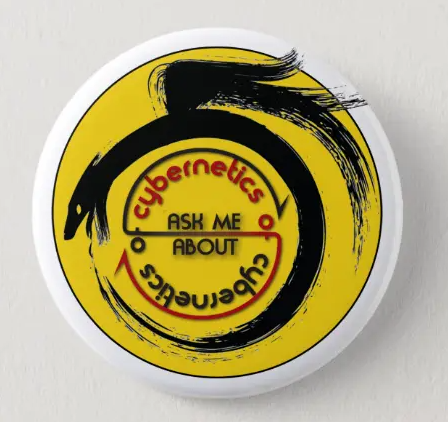Jun
24
2012
Gregory Bateson (1991) famously said that we “cannot claim to have no epistemology. Those who so claim have nothing but a bad epistemology” (p. 178). Bateson is calling for self-reflection in our epistemology. He wants it to be recursive, so that in our production of knowledge we do not delude ourselves into thinking that...
Jan
12
2012
Form and Content
Understanding change is a very difficult task. No aspect of our world, either experienced outwardly through our senses or inwardly through our feelings and thoughts, seems exempt from the paradoxical rule that the only constant is change. It is possible to examine the way change occurs at many levels. At the “lowest”...
Oct
26
2009
First-order Solution:
The problem and the solution share an epistemological context, each helping drive the other.
Second 'phase' (to the right): In this context 'more of the solution' creates 'more of the problem' through a symmetrical relationship. The SAME problem is produced by the SAME solution. No real transformation is forthcoming from within the system, because...
Oct
18
2009
I made this button for all those people out there who want to keep complexity complex, who understand that feedback is the name of the game, and that the main rule of the game is that the rules must continually be modified. If you know about Calvinball, you know what I'm talking about: a...








